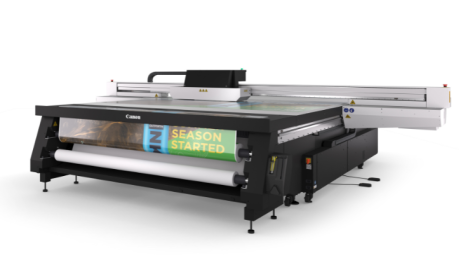The weekly Verdigris blog by Laurel Brunner
Labels and packaging are amongst the most vibrant of print sectors, one of the few where the Internet is unable to cannibalise the business. Digital printing technologies are creeping into label and packaging printing, invading traditional domains and creating all sorts of new opportunities.
Labels are a growth business but environmental impact has not been much of a consideration. And yet at the recent LabelExpo show in Brussels, Belgium, an exhibitor was offering “a new, user-friendly tool to help label printers and end-users understand the life cycle impacts of different labelstock products and get credible information on the environmental performance of their labels.”
There are several problems with this claim, starting with the idea of what it is that makes ISO 14044 compliant Life Cycle Analysis (LCA) tools user-friendly (not a lot). Environmental science doesn’t really do user friendly and LCA is not simple.
If it were easy no one would need standards and guidelines in the first place. Environmental impact analysis is difficult and requires a professional approach and profound knowledge. Even if a very clever manufacturer comes up with tools to measure a label stock’s environmental performance, implementing those tools will take commitment and understanding of the process. Average label and packaging printers are unlikely either to care or be bothered.
We are all too inclined to take an overly simplistic approach to this stuff, from LCA to carbon footprinting studies. It’s unwise to present tools that have serious purpose to solve serious problems in a way that trivialises the difficulties. It leads to disappointment and skepticism. In the graphic arts we already struggle to get printers and publishers to appreciate the long term business benefits of environmental management. That struggle is harder if we claim that it’s easy and then disappoint the market.
There is also the communications problem. A label is supposed to convey information about the thing it is attached to, such as ingredients, brand name and values or whatever.
A label that makes claims about its own environmental performance let alone that of the product it’s affixed to would have to be able to withstand some heavy scrutiny from trading standards authorities and advertising watchdogs. And do consumers really care about the label’s environmental impact and LCA?
It is great that substrate developers and manufacturers recognise the importance of LCA in the printing industry. But we all need to accept that the printing and publishing communities are mostly lazy and reluctant when it comes to understanding and accounting for their environmental impact.
Quite reasonably they see themselves as publishers and printers, not carbon accountants. As an industry we need wider acceptance of the value of environmental accountability and to see broader environmental market communications. Sadly LCA tools for substrates are too premature to be really valuable.
http://verdigrisproject.com/blog/the-trouble-with-labels
This article is part of the Verdigris series of stories about understanding the environmental impact of print. The Verdigris Project is supported by Agfa Graphics, Canon Europe, Digital Dots, drupa, EcoPrint, EFI, Fespa, HP, Pragati Offset, Ricoh, Splash PR, Unity Publishing and Xeikon.





